Bugs are not great from the booklover’s point of view. They eat paper, devouring precious words in the process. They nestle audaciously inside expensive bindings. Without too much difficulty, an entrepreneurial insect can chew through an entire chapter of a well-developed argument.
But a recent catalogue from Asher Rare Books in the Netherlands shows that books about insects can be works of great beauty. Stunning close-ups fuse dazzling color with impressive technical achievement in the art of printing. It’s a reminder of just how important the microscope was to the Enlightenment, when writers of natural history were drawn to the study of these tiny coinhabitants of our world.
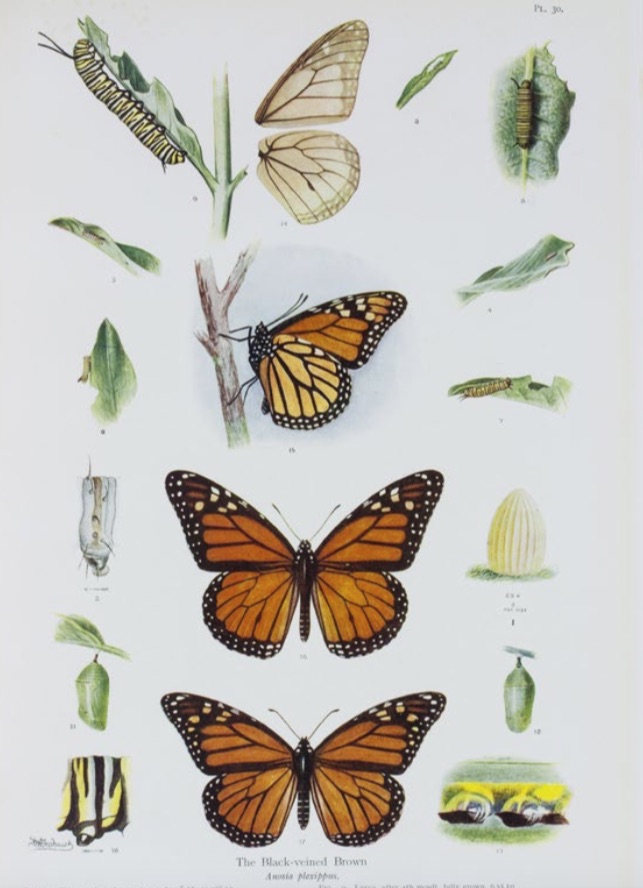
From a richly illustrated work on the butterflies of Great Britain by the English zoological artist and lepidopterist Frederick William Frohawk (1861–1946)
Several of the books offered come from entomological collections, lovingly assembled by booklovers with a bee in their bonnet.
Extremely erudite books have been written about individual insects or insects within certain countries (sixty-eight types of butterfly in Great Britain) or within sections of countries (4,381 types of beetle in Thuringia, Germany). Lengthy entomological treatises have gone into extraordinary detail about tiny body parts—insect eyes, for example, which when magnified almost look like intersecting sections of Ikea bookcases. Dictionaries of insect words offer a correct vocabulary for describing the fluttering of tiny wings. Precision is important. Scientists who carefully observe spiders know they can predict weather changes.
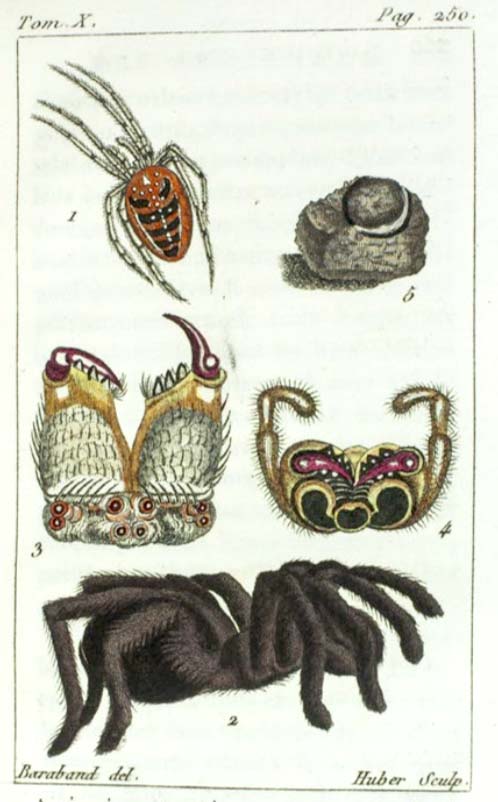
From a ten-volume study of insects attributed on the title-page to Martin Grostête de Tigny (1736–1799)
Collectors surely love these books for their appearance too. They are exquisitely made. A book about butterflies displays a printer’s mastery of color, almost as if its pages are an extension of the wings themselves. A guide to the different caterpillars that appeared throughout a year is arranged in a precise chronological order—a caterpillar calendar. A book about wasps in Sweden or silkworms in Italy or the bugs of Paris (Entomologia Parisiensis) is an artistic statement as well as a scientific one. And so they are in this sampler, a paradise for bookworms.
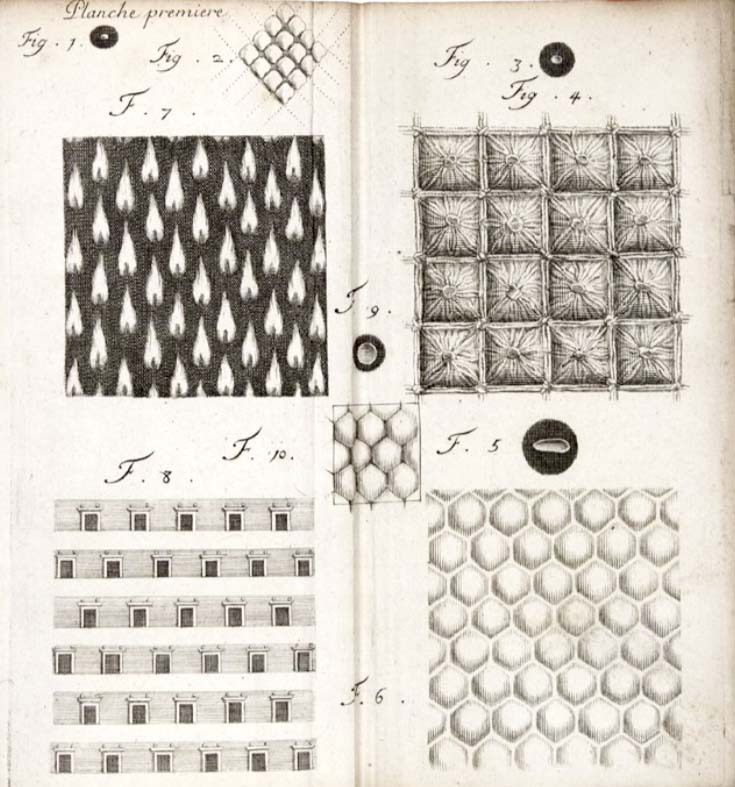
Observations on the structure of insect (and crayfish) eyes by Louis de Puget, a pioneer of French microscopy.
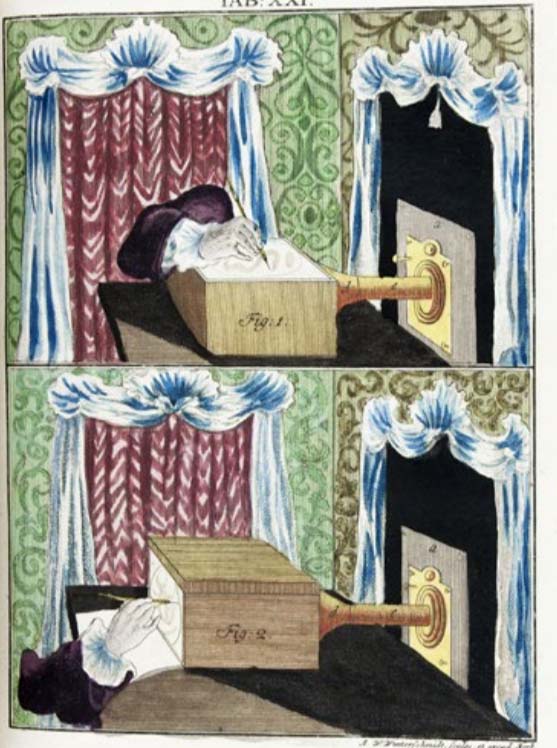
From Martin Frobenius Ledermuller’s microscopic investigations: an especially illuminating drawing apparatus.
Ted Widmer interviewed R. Crumb for The Paris Review’s Summer 2010 issue. He is a trustee of the Massachusetts Historical Society.
from The Paris Review https://ift.tt/2LP3ZjO
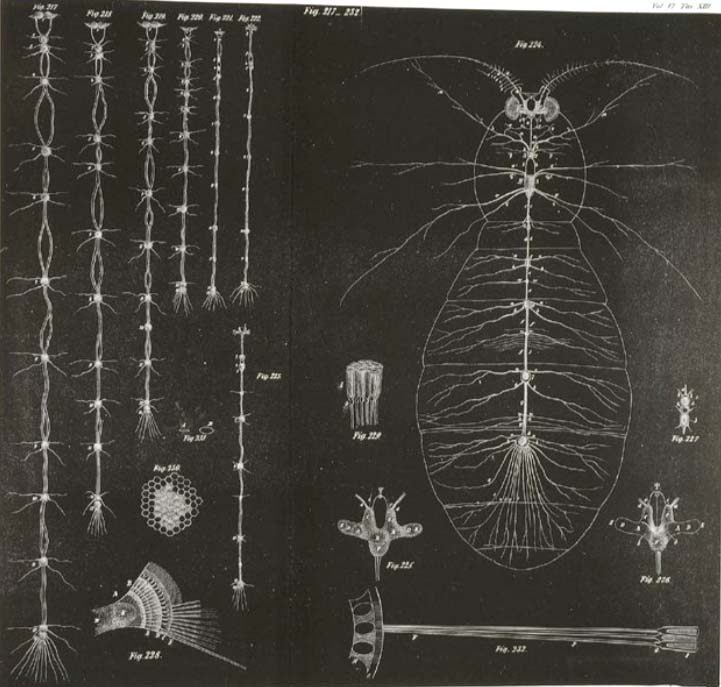
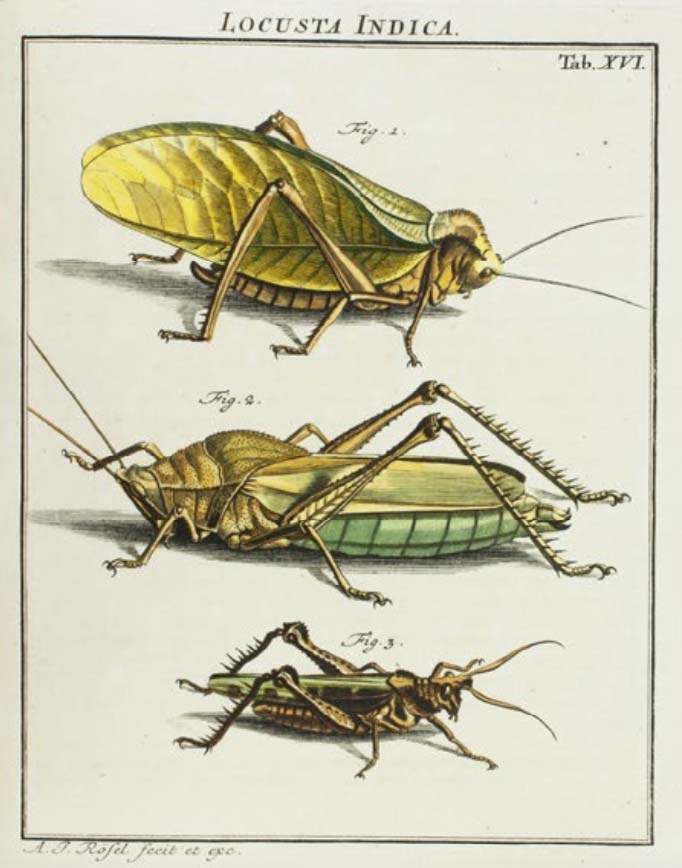
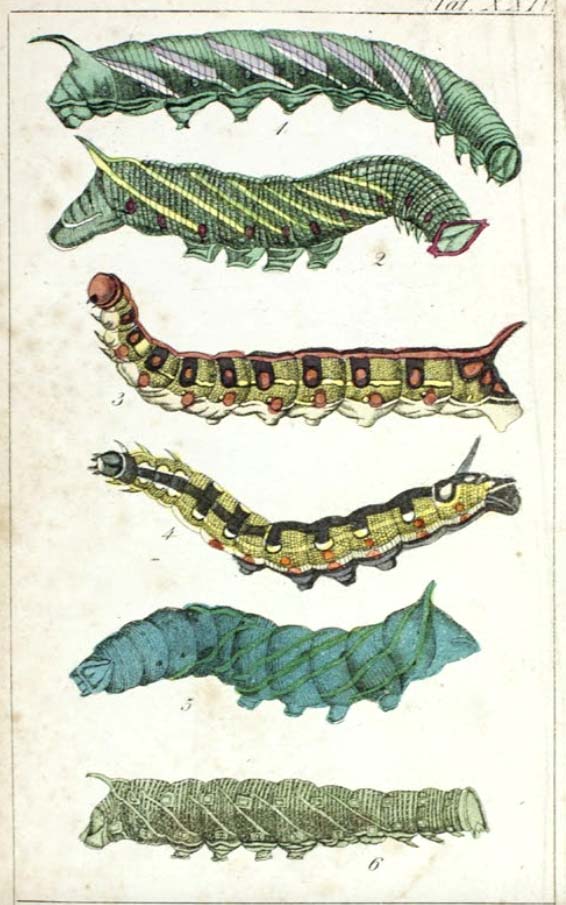
Comments
Post a Comment